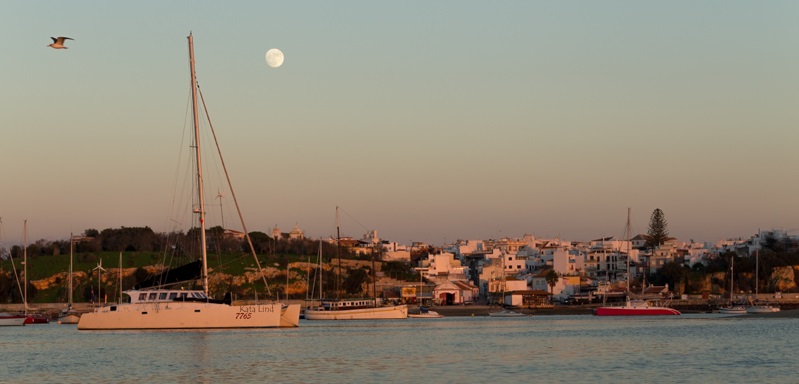This is now few years that we are gone from Iceland and it’s time to make a technical point. I worked for 10 years full time as an electronic engineer, designing, installing, tuning, fixing all kind of equipment from all manufacturers on board of trawlers, container ships and cargo ships. Mainly navigational equipment, but also satellite communication, engine ballast command… That’s for my working time. And rest of the day, I am living on board my sailboat that I have built or I am sailing it. So I know a little bit from inside AND as a user what’s good or not to equip a boat. My knowledge of equipment is coming more from professional vessels than pleasure boat but that’s what can make this article interesting. There are plenty blogs talking about the big manufacturers for pleasure boat, you are always targeted by advertising but not a lot about professional equipment. Too bad because they are much better and few can fit in our boats.
Every days or at least every weeks I meet a man having problem with his equipment on board of his boat. And that’s the purpose of this article, because these kind of problems can really destroy your cruise. (cost of fixing, and worth, days or weeks delay to wait the spare parts…)
Because all equipment are not even, far far from it, I will try to share a little bit my experience of how to equip a pleasure boat to avoid unnecessary problem. This is my way, it works perfectly for me, most of my customers are happy, if it can help you super, if not, sorry.
So I will write an article on equipment that I own or that I have installed and serviced many years and that I know are working. I attach a huge importance on the reliability. That something that is unfortunately less and less true for most manufacturers and customers too, but for me it’s number 1, 2 and 3 in the priority list.
Most people buy a phone that they know they will have to change in a year or two, a car that will have to go to the garage to fix this or that bug. They don’t care they got the 5 years warranty with it, but coming into a boat, it’s not the same story. When we are gone travelling, everything is much more difficult to fix. You will be far form your dealer, so it will be not so easy to make working the warranty. You don’t know where is the good technical service where you are. You are walking, so if it’s just 2km away, it’s pain in the ass. And I tell you, he will not have the right spare part, so you will have to wait, harbor fee, or uncomfortable mooring bay in a industrial area… that you will have to be for days, weeks….
Few common rules to start a good equipment installation on board of pleasure boat :
- Rule number one, don’t install too much equipment. More equipment, more problems, more failures. Put what is necessary. No more.
- Connection. You will be amazed the number of « faulty » equipment that are perfectly working. The connection is the problem. Avoid by all means electric domino, crimped pod. Soldering pen and tin. You will reduce by at least half of your future problems. Or crimped pod WITH soldering pen and tin.
I see often electric panel perfectly mounted, each cable following a perfect path, attached regularly, piece of art. But connection made by electric domino. NOOOOOOOOOO. NO NO and NO. with time, the inevitable oxidation made by the salty atmosphere in a boat will corrode the connection and problem will start. And the problem will be a inconsistent failure. So hard to find.
I know, big boat manufacturers do that. So it’s must be good you think. It’s good for 5 years, after the warranty is gone so they don’t care… And it’s so much faster to install that of course they do that. But they should solder and tin. - Avoid connection. don’t install an extra fuse, switch… only if really necessary. The simplest is always the best. Of course you have to have fuse on every line. But one fuse, not 2 or 3…
- buy reliable equipment, and that’s is on the next articles
